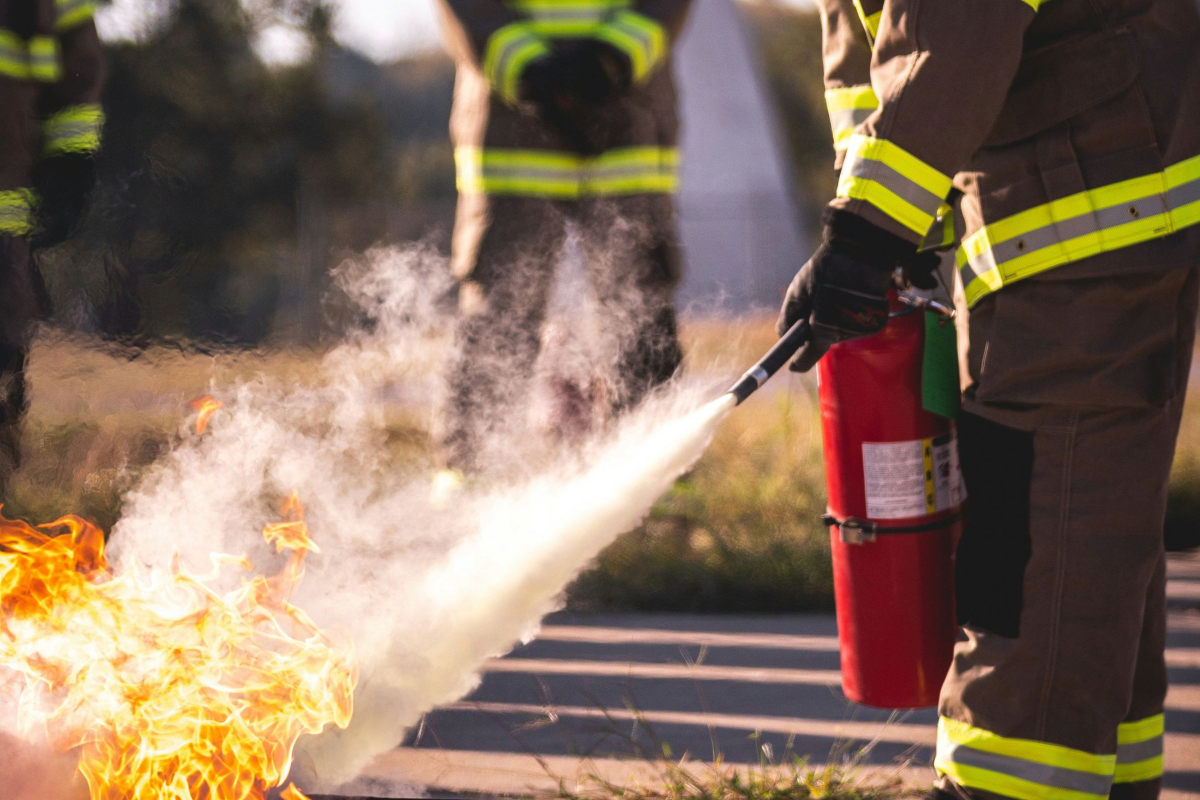Understanding the Battle Against Toxic Firefighting Foam
In recent years, a significant issue has caught the attention of many: the dangers associated with a special kind of firefighting foam. This foam, known as Aqueous Film Forming Foam (AFFF), has been a superhero in putting out tough fires, especially those involving flammable liquids like gasoline. However, it turns out this hero might have a dark side. Let’s dive into what’s happening and why it matters to all of us.
What’s the Big Deal with AFFF?
AFFF has been widely used by firefighters, military bases, and airports for decades because of its incredible ability to smother blazing fires. The problem? Scientists discovered that AFFF contains chemicals called PFAS (Per- and polyfluoroalkyl substances), which can be harmful to both our health and the environment. These chemicals don’t break down easily, earning them the nickname “forever chemicals.” They can linger in water, soil, and even our bodies, leading to potential health risks like cancer, hormone disruption, and immune system harm.
Why Are People Suing?
As more information has come to light about the risks associated with PFAS in AFFF, many individuals and communities have decided to take legal action. They are filing lawsuits against the manufacturers of this firefighting foam, arguing that these companies knew about the dangers but didn’t warn the public. The lawsuits aim to get compensation for the harm caused by exposure to these chemicals, including medical expenses, property damage, and other related costs.
What’s Happening in the Courts?
The legal battle over AFFF is heating up, with cases being filed across the United States. These lawsuits have been grouped together in a process known as multidistrict litigation (MDL), which helps streamline the handling of numerous cases that share common issues. This doesn’t mean there’s just one big trial; instead, it allows for better coordination of the lawsuits. Some early cases have already seen significant verdicts and settlements, indicating that the courts take these claims seriously.
How Does This Affect You?
You might be wondering, “What does this have to do with me?” It’s a valid question. The truth is, PFAS chemicals from AFFF can make their way into drinking water, affecting communities far from where the foam was originally used. If you live near a military base, airport, or firefighting training facility, there’s a chance these chemicals could be in your water. Awareness is crucial. Many people are now pushing for stricter regulations on PFAS and better cleanup efforts to protect our health and environment.
What Can You Do?
If you’re concerned about PFAS exposure, there are steps you can take. Start by checking your local water quality reports and considering a water filter that removes PFAS. Stay informed about the AFFF lawsuits and the broader efforts to regulate PFAS chemicals. And, if you believe you’ve been affected, talking to a legal professional can help you understand your rights and options.
Looking Ahead
The fight against toxic firefighting foam is far from over, but it’s an important reminder of the need for vigilance when it comes to public health and environmental protection. By raising awareness, supporting regulation efforts, and holding those responsible accountable, we can work towards a safer, healthier future for everyone.
Understanding the complexities of AFFF and its impacts helps us appreciate the importance of ongoing legal actions and the broader conversation about chemical safety. As this situation unfolds, staying informed and proactive in our communities is key to making positive changes.


